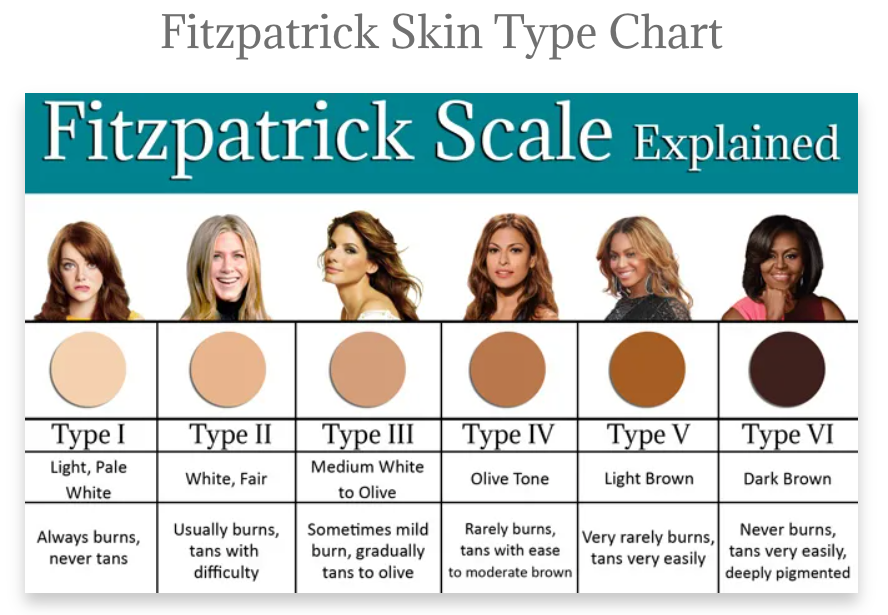
Nov 14 , 2023
Understanding the Fitzpatrick Scale in Permanent Makeup (PMU)
In the realm of Permanent Makeup (PMU), the Fitzpatrick Scale is a vital tool, instrumental in customizing treatments for individuals. Originally developed in 1975 by Thomas Fitzpatrick, a Harvard dermatologist, this scale classifies skin types according to their response to UV light. In PMU, understanding this scale is crucial for achieving optimal results and ensuring client satisfaction.
The Essence of the Fitzpatrick Scale
The scale encompasses six distinct skin types, ranging from very fair (Type I) to very dark (Type VI). These types are determined based on how the skin reacts to sun exposure — does it burn or tan? The scale is a cornerstone in dermatology for assessing skin cancer risk, but in PMU, it serves a different yet equally important purpose.
Application in Permanent Makeup
When approaching PMU, the Fitzpatrick Scale helps in predicting how pigments will interact with the client's skin. Different skin types respond differently to pigmentation; for instance, fairer skin might be more prone to hyperpigmentation or scarring, while darker skin may require different pigment tones for visibility and natural appearance. By accurately determining the client's skin type, a PMU artist can select the most suitable pigments and techniques, reducing the risk of undesirable outcomes like pigment fading or discoloration.
Conducting the Fitzpatrick Scale Evaluation
The evaluation process involves a series of questions, focusing on the individual's genetic disposition, reaction to sun exposure, and tanning habits. This can include queries about the skin’s reaction to the first-time sun exposure after a long period without sun and how the skin reacts to prolonged sun exposure without protection. It's not just about how the skin looks; it's about understanding its behavior.
Importance in PMU Practices
For PMU artists, proficiency in the Fitzpatrick Scale is non-negotiable. It's not just a theoretical concept; it's a practical tool that guides every decision, from color selection to technique adjustments. For example, an artist working on a Type IV skin (olive, moderate brown) would choose different shades for eyebrow microblading than they would for a Type II skin (fair, burns easily). This precision ensures that the PMU not only looks natural but also ages gracefully on the skin.
The Bigger Picture
Beyond individual procedures, the Fitzpatrick Scale is a testament to the need for a personalized approach in beauty and skincare. It acknowledges the diversity of skin types and the necessity to tailor treatments accordingly. This personalized approach is essential in PMU, where one size does not fit all, and the success of a treatment heavily depends on the artist's understanding of their client's unique skin characteristics.
Conclusion
The Fitzpatrick Scale’s role in PMU is a blend of science and art. It provides a scientific basis for artistic decisions, ensuring that PMU artists can offer services that are safe, effective, and aesthetically pleasing for a diverse range of clients. As the PMU industry continues to evolve, the scale remains a fundamental component, underlining the importance of individualized care in the pursuit of beauty.






